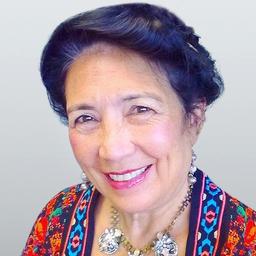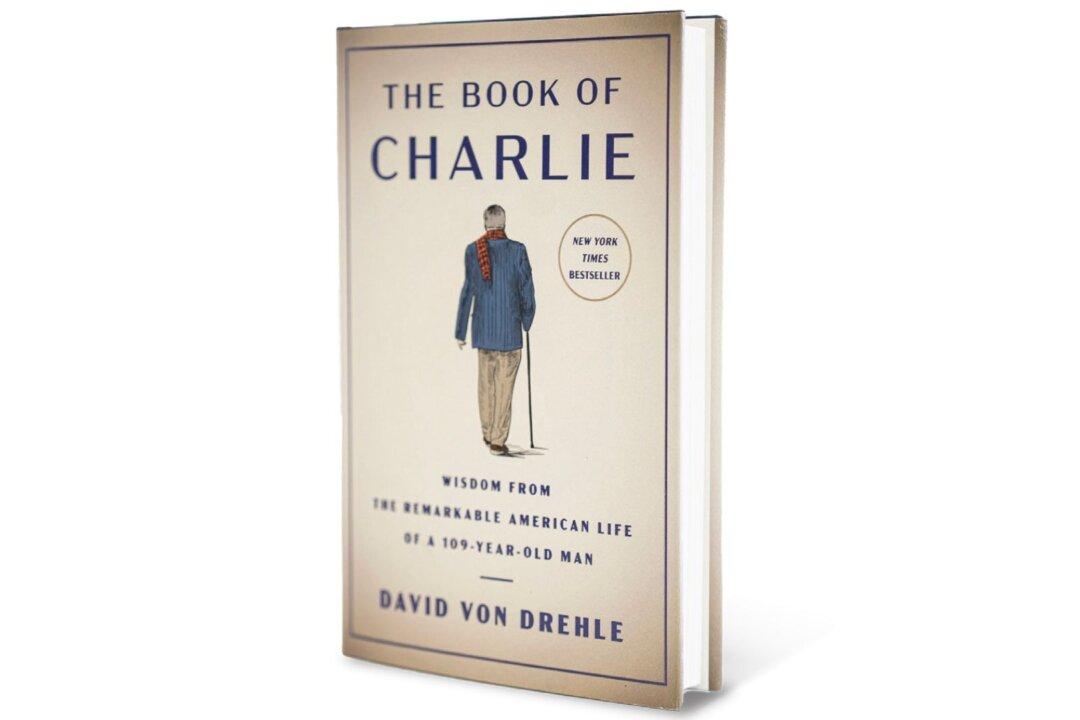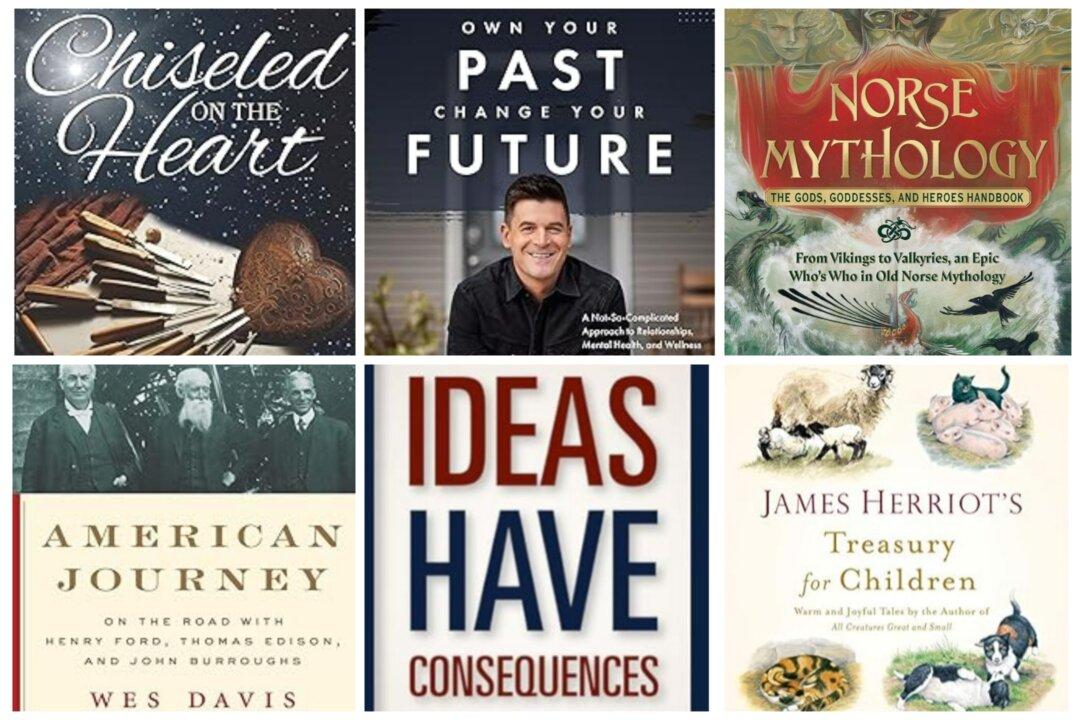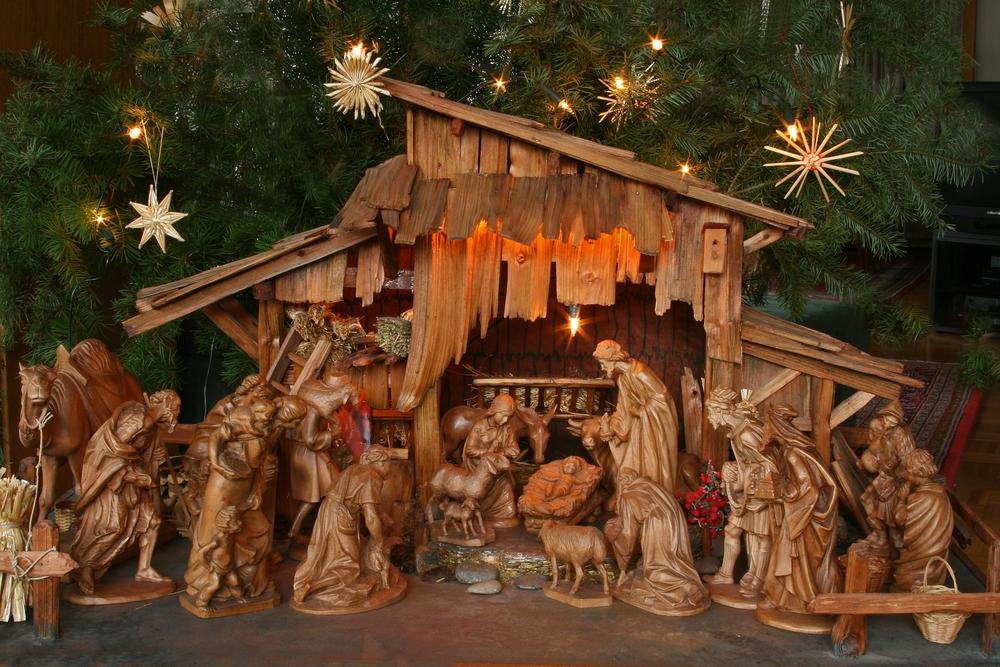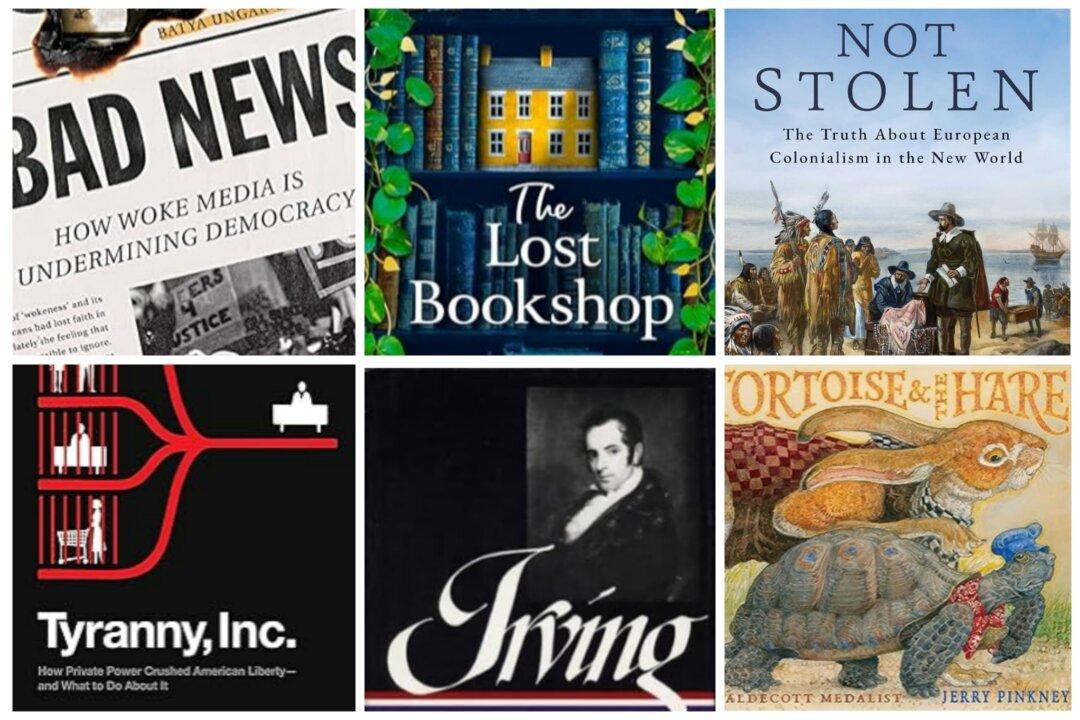My 6-year-old granddaughter Maria is a first-grader this year. At this writing, and I pray it continues, her classes are in-person. Her kindergarten days were primarily spent in front of a computer due to the COVID-19 lockdowns.
She and I recently spent a delightful time shopping. It was a “grandmother date,” and together we chose a few outfits for school and, of course, a pair of black patent leather Mary Janes. Some items are just classic and have remained. She told me that her mother, my daughter-in-law Rose, had purchased her school supplies ... crayons, pencils, highlighters.


